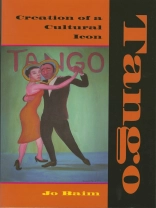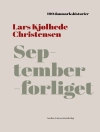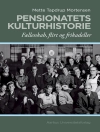In Tango: Creation of a Cultural Icon Jo Baim dispels common stereotypes of the tango and tells the real story behind this rich and complex dance. Despite its exoticism, the tango of this time period is a very accessible dance, especially as European and North American dancers adapted it. Modern ballroom dancers can enjoy a ’step‘ back in time with the descriptions included in this book. Almost as interesting as the history of the tango is the cultural response to it: cities banned it, army officers were threatened with demotion if caught dancing it, clergy and politicians wrote diatribes against it. Newspaper headlines warned that people died from dancing the tango and that it would be the downfall of civilization. The vehemence of these anti-tango outbursts confirms one thing: the tango was a cultural force to be reckoned with!
Inhaltsverzeichnis
Contents
Acknowledgments
Introduction
1. The Origins of the Tango
2. Europe and the United States Discover the Tango
3. Argentina Reclaims Its Native Dance
4. Tango Music
5. Tangos in Waltz Time
6. The Tango in the World of Art Music
Appendix 1. Tango Steps, 1911–1925
Appendix 2. A Sampling of New York Times Article Titles on the Tango, 1911, 1913, and 1914
Notes
Bibliography
Index
Über den Autor
Jo Baim is Assistant Organist at historic Trinity Parish Episcopal Church in Seattle and a freelance choreographer. She is an oblate of the Benedictine Monastery of St. Gertrude in Cottonwood, Idaho. She lives in Seattle, Washington.












